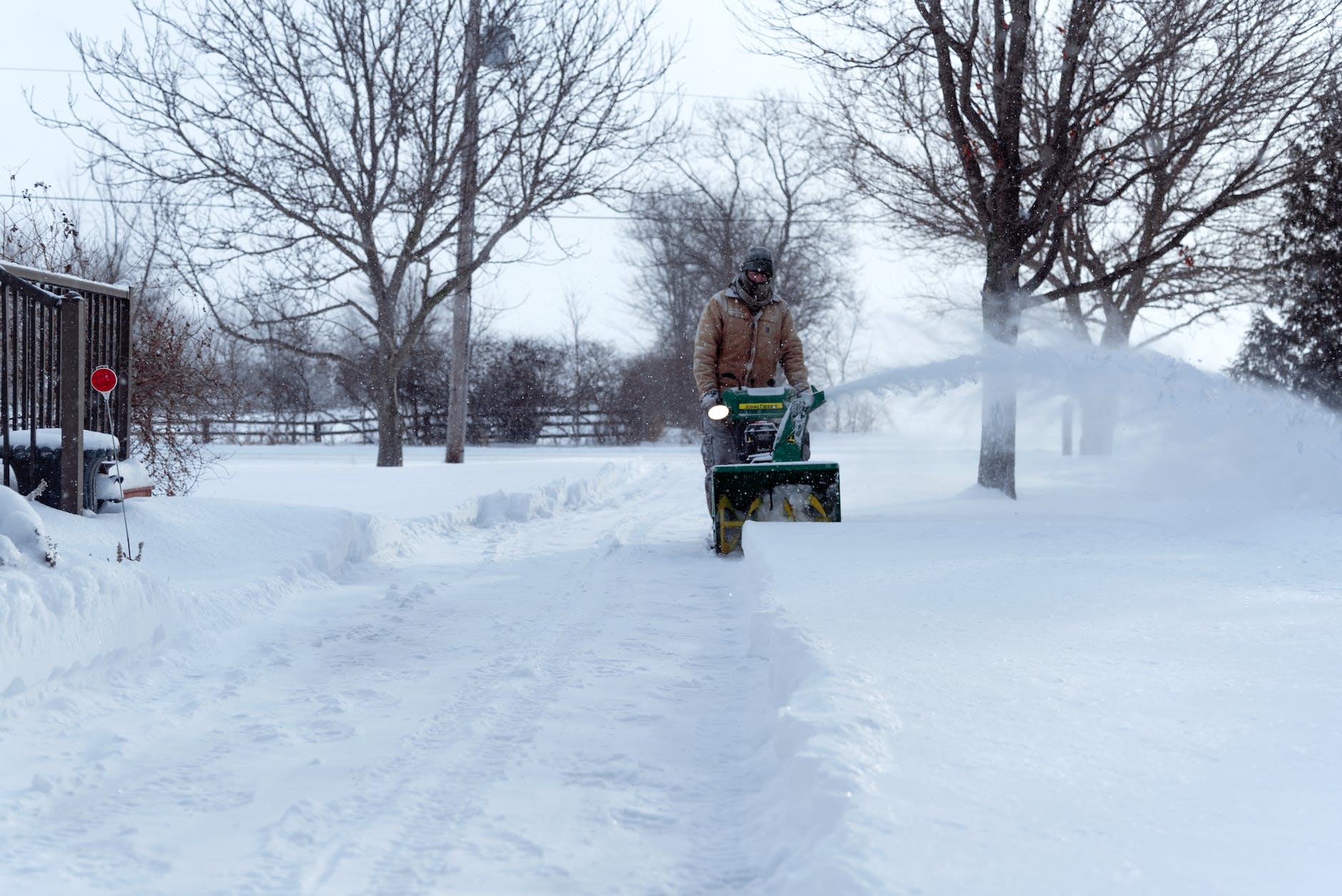A little bit of regular maintenance will do wonders when you’re trying to keep a snowblower from clogging. Here are a few of my recommendations.
Tools Needed (Commissions Earned)
Why Does a Snowblower Clog
There are a number of reasons why a snowblower can clog, but the most common has to do simply with friction. That, and a sticky substance known as snow.
Snow has a natural disposition of sticking to itself. That’s how we make snow balls in the winter.
Unfortunately, when it comes to snowblowing, the same characteristic leads to dramatically less enjoyable outcomes.
Not only is clearing a snowblower quite dangerous and done incorrectly, it vastly reduces your efficiency. If you’re stopping to clear the discharge chute every few minutes, a simple task can take considerably longer.
Since I’m a firefighter, I’ll use a medical analogy. We know that platelets congeal and form a clot to prevent you from bleeding out after a laceration (in normal circumstances.)
In this case, the platelets are the snow. As they move, they gradually build up until the chute is clogged.
This is exacerbated in wet, heavy snow. So how do we alleviate or prevent this issue?
How to Keep Snowblower From Clogging
First, in the offseason, do a thorough inspection of the discharge chute, impeller housing and auger housing. You want to ensure that the surface is clean and clear of rust and bare metal.
Clean everything well, and paint any spots that have worn through the paint. Even though you might not be able to see it, bare metal provides enough resistance to build up into a clog. That little bit of paint helps the snow slip off and not stick.
Secondly, ensure that the impeller (in a two stage) has the appropriate gap to the impeller housing. If the gap is too large, then snow won’t be adequately blown out the chute and will begin to accumulate.
To remedy this, you can add rubber paddles to effectively seal this gap. Or, you can replace the impeller. But in most cases (especially for me), the cause is that the housing has started to spread outward from rocks and ice.
In this case, the rubber paddles can provide a bit of help.
Lastly, I like to coat all surfaces with a teflon based silicon spray designed for snowblowers. This increases the “slipperiness” of the surface so that the snow slides off easier.
Run That Thing Wide Open
Snowblowers are designed to be used wide open at their correct RPM. For a push snowblower, this is full throttle. For a three point implement, you’ll have to refer to the appropriate RPM for your manufacturer.
If the engine isn’t running wide open then there won’t be enough horsepower to force the snow out adequately and it will slowly accumulate.
Similarly, in deep snow be sure to use a slow travel speed. The natural inclination is to run at a faster speed to make the process go faster.
However, the reality is that doing so is actually counterproductive. In effect, you’re running the travel speed too fast for the impeller to compensate. Again, snow will accumulate.
Not only that, but you risk further damage to the drive belt slipping and whatnot.
Recap
While all of these little improvements add a little bit of improvement to the performance of a snowblower, when added together the result is a decrease in snowblower clogging.
Did I forget anything? Let me know in the comments below!
As an Amazon Associate I earn from qualifying purchases.
